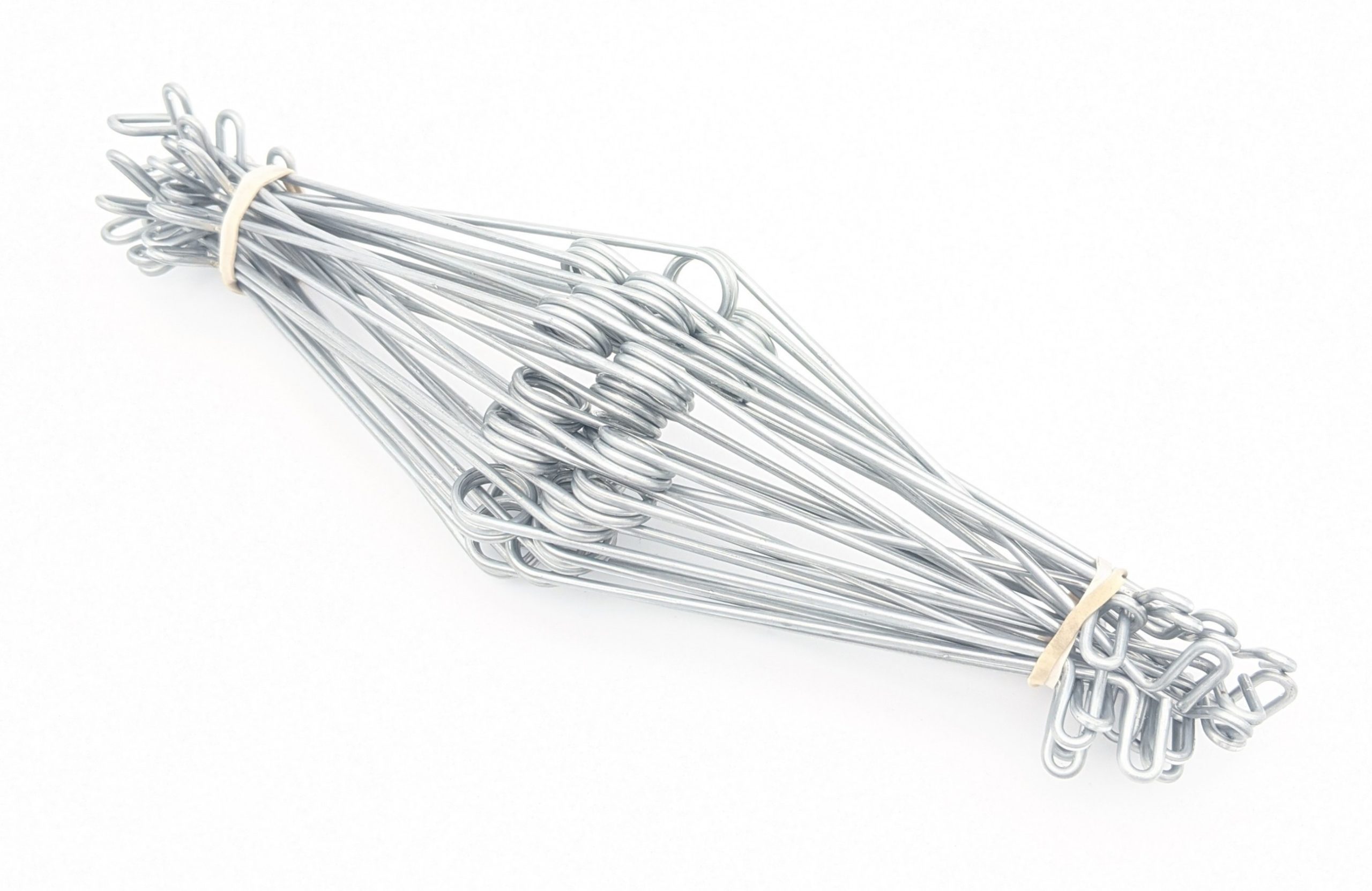Get unique, complex parts easily. No matter your requirements, Chaoyi Spring creates hard-to-produce coil springs and wire forms.
Let us help you create the custom wire form you need, from S-hooks and J-hooks to utility hooks and more.
We work closely with customers across a wide range of industries, helping them design and manufacture made-to-order parts.
Why choose Chaoyi Spring? We prioritize customer-focused collaboration, modern equipment and the latest technology to make your parts per print.
Find the information and guidance you need, from measuring a spring to learning about materials, placing an order and much more.
Torsion springs, those seemingly simple coils of metal, play a vital role in a surprisingly wide range of applications. From the intricate mechanisms of watches to the robust suspension systems


Torsion springs, those seemingly simple coils of metal, play a vital role in a surprisingly wide range of applications. From the intricate mechanisms of watches to the robust suspension systems of vehicles, torsion springs provide a reliable and efficient way to store and release rotational energy. They are often overlooked, yet they are the unseen heroes of countless devices, quietly enabling functionality and precision.

Unlike their more familiar counterparts, compression and extension springs, torsion springs are designed to work by twisting. They are typically made from a coiled wire, often of spring steel, which, when subjected to a twisting force, stores energy and resists the rotation. This resistance is known as the spring's torque, and it's proportional to the angle of twist. This unique characteristic makes torsion springs ideal for various applications where controlled rotational force is required.
Imagine a simple clothesline with a heavy weight attached to one end. If you try to twist the line, you'll feel a resistance. The more you twist, the more resistance you encounter. This resistance is similar to what a torsion spring provides. The spring itself resists the twisting force, storing energy in the process. When the force is released, the spring attempts to unwind, releasing that stored energy and applying a torque in the opposite direction.
There are several variations of torsion springs, each designed for specific purposes. Here are a few common types:
Torsion springs are incredibly versatile, finding their way into countless everyday objects and systems. Here are just a few examples:
The popularity of torsion springs stems from several key advantages they offer:
Selecting the right torsion spring for a particular application is critical to ensure optimal performance and reliability. Factors to consider include:
Though often unseen, torsion springs are essential components in many everyday objects and systems. They offer a compact and efficient way to store and release rotational energy, making them vital for everything from vehicle suspensions to delicate medical instruments. Their versatility and reliability have solidified their place as crucial elements in a wide array of applications.
Understanding the fundamental principles of torsion springs and their various types allows for informed selection for specific applications. Next time you encounter a spring-loaded mechanism, take a moment to appreciate the subtle yet crucial role these twisting forces play in our world.
Browse some of the custom wire forms and springs that we manufacture. Don’t see what you need? We specialize in made-to-order products that meet your application requirements.
Visit Our GalleryNeed a custom wire form or coil spring? We make it work. Fill out the contact form and a representative will respond within 1 business day. If you have a PDF or CAD file, you can submit to request a quote.